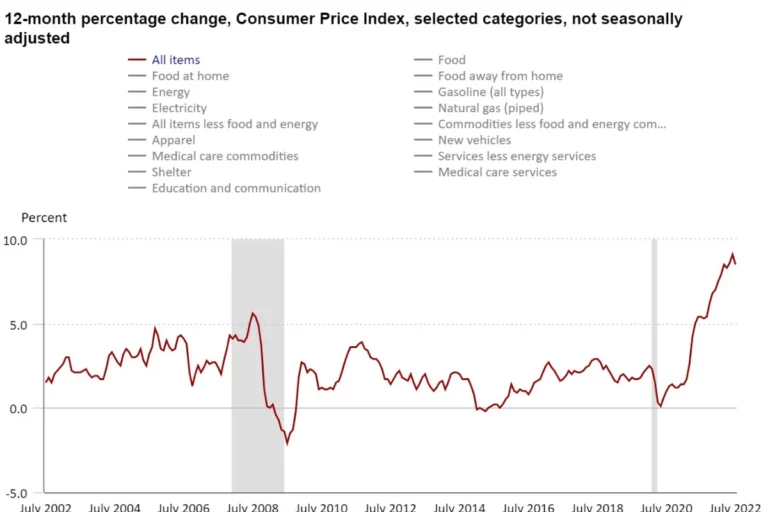GBP/USD broken some technical levels but has stalled at the 61.8% Fibo level.
The GBP/USD currency pair has recently witnessed some noteworthy developments in its price action. While the team managed to break through certain technical levels, it encountered resistance at the crucial 61.8% Fibonacci level. This blog post delves into the current state of GBP/USD, the significance of the recent technical movements, and the implications for traders.
Breaking Down the Technical Levels
The GBP/USD pair experienced a sharp downturn, breaching the lower channel trendline near the 38.2% retracement of the recent upward move from last week’s low at 1.16102. This decline was further emphasized as the price dipped below the 100-hour moving average at 1.1588 and the 200-hour moving average at 1.15583. However, the pair found support at the 61.8% retracement level, indicating some buying interest at this critical zone.
Awaiting Confirmation for Further Action
Despite the rebound from the 61.8% retracement level, the GBP/USD pair has struggled to sustain a move above its 100-hour moving average (blue line in the chart). This struggle indicates that sellers are currently dominating the market sentiment. Traders are now keenly observing the price action to determine whether further confirmation is necessary before initiating new positions.
Key Levels to Monitor
Traders are closely watching the 100-hour moving average as a pivotal level. A move above this moving average could signal a potential shift in momentum and the best-case scenario for traders seeking bullish opportunities. However, to raise concerns among sellers, the pair would need to reclaim its position within the broken channel, notably above the 38.2% retracement level.
Implications for Traders
The GBP/USD pair’s current dynamics suggest that sellers are firmly in control if the price remains below the 100-hour moving average. This situation presents a cautious approach for traders, urging them to be vigilant about potential bearish trends. Waiting for further confirmation signals before making any significant trading decisions is essential.
As traders monitor the price action, they should be cautious about initiating positions until further confirmation signals emerge. The market’s response to crucial levels will guide traders in making informed decisions and navigating the complexities of the GBP/USD pair. Risk management and staying abreast of market developments are vital for successful forex trading.
How can I stay updated on GBP/USD technical analysis and market trends?
To stay informed about GBP/USD technical analysis and market trends, you can follow reputable financial news sources, subscribe to forex market analysis reports, and join online trading communities. Many trading platforms also provide real-time market data and technical analysis tools for traders to stay up-to-date with the latest developments.
How can I manage risk when trading GBP/USD based on technical analysis?
Risk management is crucial in forex trading. Implementing stop-loss orders to limit potential losses and setting appropriate position sizes based on your risk tolerance are essential strategies. Additionally, avoiding emotional trading and staying disciplined can help you make objective decisions based on your technical analysis.
What other technical indicators or tools can traders use to complement their analysis of GBP/USD?
Traders often use a combination of technical indicators to gain a comprehensive view of the market. Commonly used tools include trendlines, support and resistance levels, Relative Strength Index (RSI), Moving Average Convergence Divergence (MACD), and Bollinger Bands. Integrating multiple indicators can enhance analysis and decision-making.
What are the implications of the price rebounding from the 61.8% retracement level?
The rebound from the 61.8% retracement level suggests strong buying interest and support. Traders may interpret this as a potential turning point for the pair, and it could provide a basis for bullish scenarios. However, waiting for further confirmation signals is crucial to avoid premature trading decisions
What does it mean when the price breaks below moving averages like the 100-hour and 200-hour moving averages?
Breaking below moving averages indicates a potential shift in short-term trend momentum. In the case of GBP/USD, the price dipping below the 100-hour and 200-hour moving averages means a bearish sentiment. Traders view these moving averages as dynamic support and resistance levels, and their breach may signal further downside potential.







2 Comments